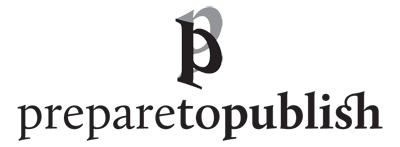I often get asked this by authors, or about whether they’re needed for ebooks, and about where to get them. Here’s a snappy overview.
The short answer is that if you are producing a print book and you want the option of it being available in multiple marketplaces, yes, you need an ISBN (which stands for International Standard Book Number).
ISBNs are really just a specialist form of retail product code, and since 2007 have in fact adhered to the EAN-13 standard – that brings them into line with our retail identifiers. The point of all this is to associate a specific code with a specific product (here, a book) so retailers know precisely which one is being referred to (and of course buyers can choose to ask for them, although author and title would be more typical!).
If you are producing your book purely for private circulation, you don’t need an ISBN – but if you have any plans to go to market, then you do. It’s possible to get them for free – Amazon KDP, for example, offers them, and my understanding is that in the US only, IngramSpark does likewise (I’m in the UK so have not tried this directly). But I’d advise against it – unless you are 100% certain you only want to use that platform. It’s much better to buy your own ISBNs – then you are free to set your book up at both of those platforms, or indeed elsewhere. In the UK, you buy them here from Nielsen, and in the US here from Bowker (Bowker also handle Australian ISBNs). Yes, they’re a bit pricey for what is basically just a few digits, but you can register them to your own ‘imprint’ (i.e. whatever you want your official publisher of record to be listed as), and you have control over their use. (In my business, I do offer ISBNs to clients if they wish, and have created a dedicated imprint for this purpose, but I always give them the full picture – it’s better to have your own if money isn’t a problem.)
ISBNs have a particular structure, the details of which aren’t particularly important here, although in the English-speaking world usually six of the digits (but it can be 5 or 7) represent the publisher/imprint; and the last digit is always a ‘checksum’ to ensure the previous ones are as they should be.
